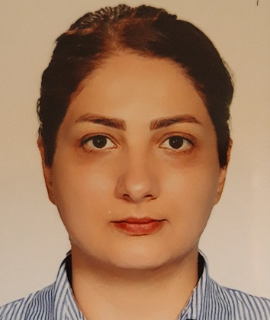Title: Incorporation of noncanonical amino acids into hard-to-express antibody fragments: expression and characterization
Abstract:
Incorporation of noncanonical amino acids (ncAA) into proteins has become an interesting topic as proteins featured with ncAAs offer a wide range of different applications. Nowadays, technologies and systems exist that allow for site-specific introduction of ncAAs in vivo, but the efficient production of proteins modified this way is still a big challenge. This is especially true for "hard-to-express" proteins where low yields are encountered even with the native sequence.
In this study, site specific incorporation of azido-ethoxy-carbonyl-Lysin (azk) into an anti-tumor-necrosis-factor-α-Fab (FTN2) was investigated. According to well established parameters, possible site positions for ncAA incorporation were determined, and corresponding FTN2 genes were constructed. Each of the modified FTN2 variants has one amber codon for azk incorporated either in its heavy or light chain.
The expression level for all variants produced were determined by ELISA and all azk variants could be produced with a satisfactory yield in the range of 70 - 95% of the original FTN2 variant. In terms of expression yield, neither the azk incorporation position nor the subunit modified (heavy or light chain) had a significant effect. We confirmed correct protein processing and azk incorporation by mass spectrometry analysis and antigen-antibody interaction was determined by surface plasmon resonance analysis. The next step is to characterize the effect of azk incorporation on protein stability and aggregation tendency via differential scanning calorimetry and light scattering, respectively.
In summary, the incorporation of ncAA into our Fab candidate FTN2 worked better than expected. The quantities produced allowed a detailed characterization of the variants in terms of their properties and we can now turn our attention to potential applications. By using click chemistry, we can equip the Fabs with additional functionalities and make them suitable for a wide range of applications. We will now use this option in a first approach and develop an assay that will allow us to follow the degradation of the recombinant target protein in vivo. Special focus will be laid on the proteolytic activity in the periplasm and how it is influenced by cultivation/induction conditions.


